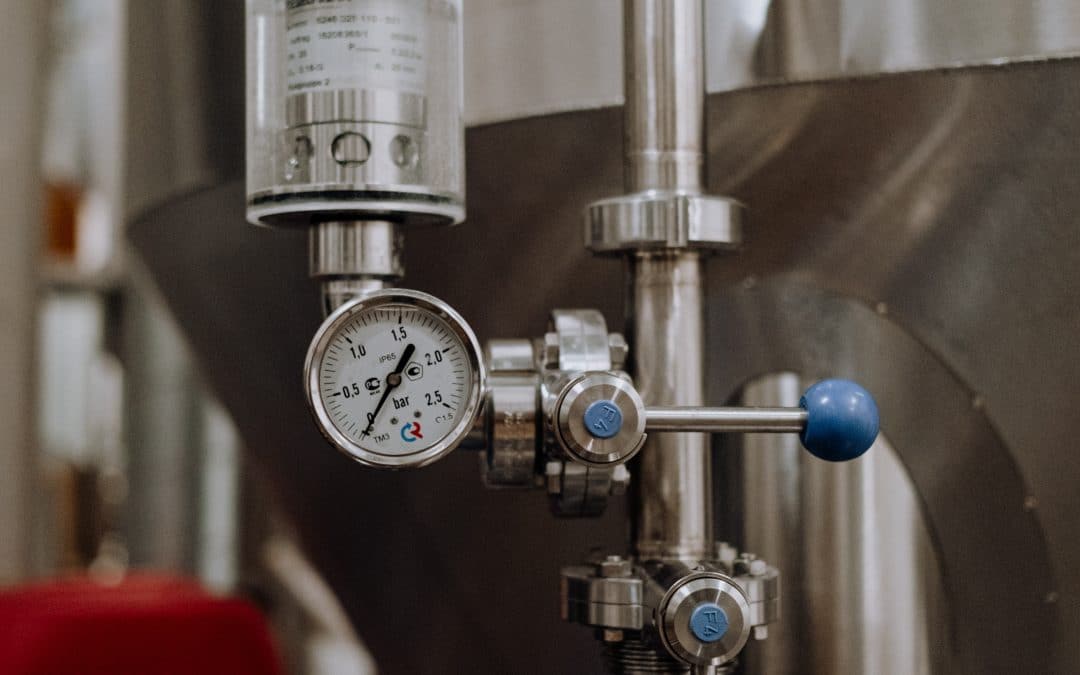Photo by cottonbro from Pexels
How do you ensure that your gas valves are fit for purpose? How do you handle maintenance and monitoring of gas systems at your facility? While expert help is vital for complex tasks, you can follow some safe best practices to support high levels of performance and safety from your valves.
Basic Maintenance for Gas Valves: Best Practices
It’s always better to call upon the experts when you need gas valve replacement or more complex system maintenance. Don’t leave anything to chance, particularly in the case of hazardous or corrosive gases. However, you can carry out simple maintenance and other tasks yourself to keep your gas system in good condition.
Keep Everything Clean
Often the best fix is the simplest, which is certainly true when it comes to maintaining chlorine valves or other gas system components. When valves are not performing as they should, this may be due to mineral build-up, dirt, or another contaminant causing a blockage or stopping the valve gate from opening and closing. Cleaning your valves is a good way to eliminate this problem, although the best policy is to be proactive with cleaning, preventing the problem before it arises.
Ensure That Valves Are Properly Lubricated
Lubrication is necessary for valves within your gas system. An adequately lubricated or greased valve allows the gate to open and close more easily. In addition, it can also help the valve seal more effectively so that no gas travels through the junction when closed. When lubricating cylinder valves and some other valve types, rotate the valve as the lubricant is applied, ensuring that the valve capsule is fully coated. It’s also important to make sure that you select a lubricant designed for use within gas valves of a specific type — using the wrong lubricant can lead to a build-up of solids that blocks the valve aperture.
Schedule Replacements
Valves have a specific lifespan, after which their performance begins to suffer. Facility managers will need to know when your valves were installed and how long before their replacement date. Regular expert maintenance work can help extend the lifespan of these valves but only up to a point. You will still need to schedule a replacement for your valves at the end of their lifespan — failure to do so can result in reductions in performance at best and regulatory compliance failures or even accidents at worst.
Basic Monitoring and Assessment for Gas Valves: Best Practices
You and your team can carry out much of the monitoring and assessment of gas valves yourself. Take a look at a few simple best practices you can deploy at your facility.
Itemize and Audit Gas Valves
Monitoring and assessment depend on an in-depth knowledge of your gas system infrastructure. This means a full audit of the system is required as you identify each valve’s maintenance and assessment needs. In addition, you’ll need to know:
- How many valves of each type are deployed.
- When these valves were deployed, what inspection schedule they are on, and when they need to be replaced.
- Which valves are under high levels of pressure or stress — monitoring will need to be prioritized on these valves.
- If you are working with multiple gas pipelines within your facility, which valves are deployed with which type of gas? Valves deployed within a flammable or toxic gas system may need more regular inspection and assessment.
Establish an Inspection Schedule
Draw upon the information you have gained as part of your gas valve audit as you create a schedule for monitoring and assessing each valve. You’ll also need to consider manufacturer information — such as recommended inspection timetables and expected lifespans for each type of valve. Use all of this data as you craft an inspection schedule, ensuring all of the different gas valves across your systems undergo regular inspections.
Conduct Visual Checks for Corrosion
Many potential problems with valves are visible to the human eye, and personnel will be able to spot these problems with some training and education. For example, gases such as ammonia, chlorine, or bromine tend to be corrosive and cause degradation and damage to the system or nearby surfaces and materials if the valve is not functioning properly. Therefore, check for evidence of this corrosion during the inspection. In addition, there may be other evidence of malfunction, such as deposits in and around the valve as the gas reacts to air.
Install Gas Leak Detectors
It won’t be possible to rely entirely on visual inspections. In fact, you may find that your facility fails regulatory compliance tests if you do not have other monitoring and assessment methods in place. Again, gas leak detectors are critical here, as they provide insight into the health and function of your gas valves while also keeping your personnel and members of the public safe from harm.
Install Gas Pressure Monitors
Gas pressure monitors are also critical as you assess the performance and health of your valves. If there is an abnormal build-up of pressure within your system, this may be the result of a blockage or malfunction. While there are many different points within your gas system that could be causing this, gas valves are a likely candidate. As such, pressure monitors can help you keep on top of how these valves are performing.
A Systematic Program of Assessment and Maintenance, Supported by Experts
Gas valve maintenance can be a challenging procedure, not to mention a high-risk one. If you are in any doubt during valve maintenance and assessment, or if you think the task is too difficult for you and your team to handle alone, call the experts. More complex maintenance and replacement tasks must be handled by trained and qualified professionals, eliminating any danger to public health. Carry out simple cleaning and monitoring on-site, but call in a professional service provider to help you with anything more complicated.
